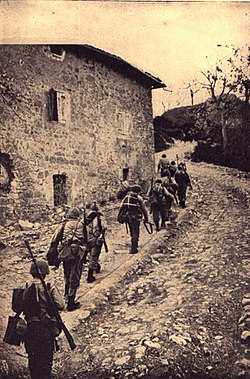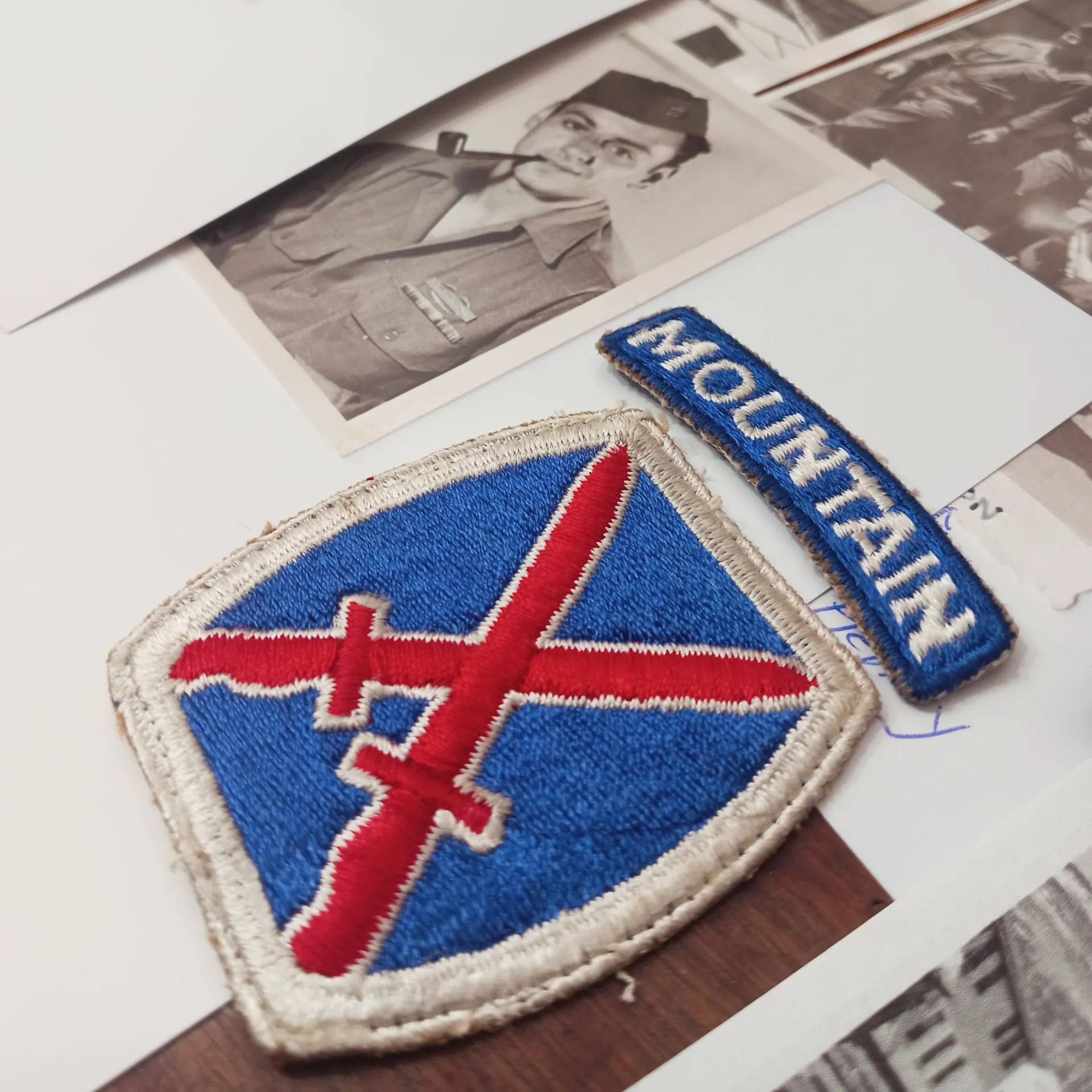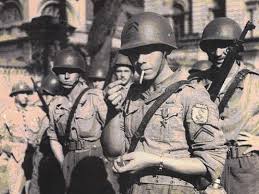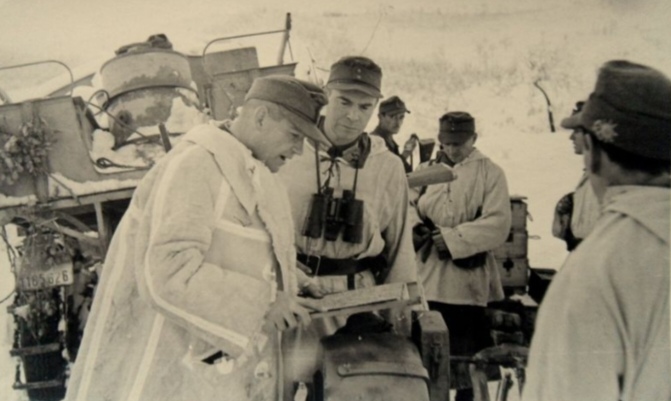The Museum
The museum displays objects from the Second World War collected directly from the battlefields in the territories of Castel D'Aiano, Gaggio Montano, Grizzana Morandi, Castel di Casio and Porretta Terme (Bolognese Apennines), but also Montese and Zocca (Modena Apennines), where between October 1944 and April 1945 the front remembered as the Gothic Line was located (even if the real name was Green Line II).
The passage of the front saw the Allied army (Americans, Brazilians, South Africans and Italians) and the German army opposed.
A fundamental part of this exhibition are also the donations made by various families from these areas, where they themselves or their relatives at the time collected objects left by the soldiers near or inside their homes.
All the material on display comes mainly from these areas and is original, as for us it is a priority to maintain the originality and history of the object in existence.
Chronology of War Events
June 4, 1944
The Americans of the Fifth Army enter Rome, the German troops retreat north.
September 12, 1944
On the night of September 12, the "great combined attack" begins, the pincer maneuver along the entire front line with the final objective of conquering Bologna.
October 17, 1944
The Allied operations end and the front remains stationary throughout the winter, waiting for favorable weather conditions to resume the advance on Bologna.
February 11, 1945
The American 10th Mountain Division, specifically trained for mountain warfare, enters the line on the Tuscan-Emilian Apennines.
February 18, 1945
Operation Encore begins during the night, intended to conquer the ridges that dominate state road 64 towards Bologna. The American mountain infantry first conquer the Riva mountains, then Mount Belvedere and, supported by the air force, Mount Torraccia. In the meantime, the Brazilians conquer Mount Castello. The Americans continue their advance on the ridges between Modena and Bologna, conquering the towns of Iola, Pietracolora, Sassomolare.
March 5, 1945
At 7:00 p.m., the Americans enter Castel d'Aiano, while the Brazilians conquer Castelnuovo di Vergato. Operation Encore ends: the front stops and preparations for the final spring offensive begin.
March 6, 1945
The 10th Mountain Division moves to conquer objective Queen, Mount Spe. Spe is one of the peaks that most often recurs in the memories of American veterans, as it represented the last bridgehead from which the "final leap" towards the Po Valley began. From here, on 14 April 1945, the coordinated attacks of the three regiments of the division (85th, 86th and 87th) started towards the German positions of Serre d'Aiano, Torre Jussi and Rocca di Roffeno.
14 April 1945
In the Fifth Army sector the offensive resumes (Operation Craftsman) and the entire front moves: the American Alpine troops conquer Rocca di Roffeno, while the tanks enter Vergato and the Brazilians enter Montese, but the surrounding hills will remain firmly in German hands.
21 April 1945
Bologna rebels and is cleared of the Germans, and sees the first to enter the city of the Bersaglieri of the Friuli Brigade and the Polish troops.
April 25, 1945
The CLNAI (Comitato liberazione nazionale alta Italia) orders a general uprising throughout northern Italy. The retreating German columns are attacked everywhere.
April 29, 1945
The order of unconditional surrender is signed by the German army. The war in Italy is OVER!





